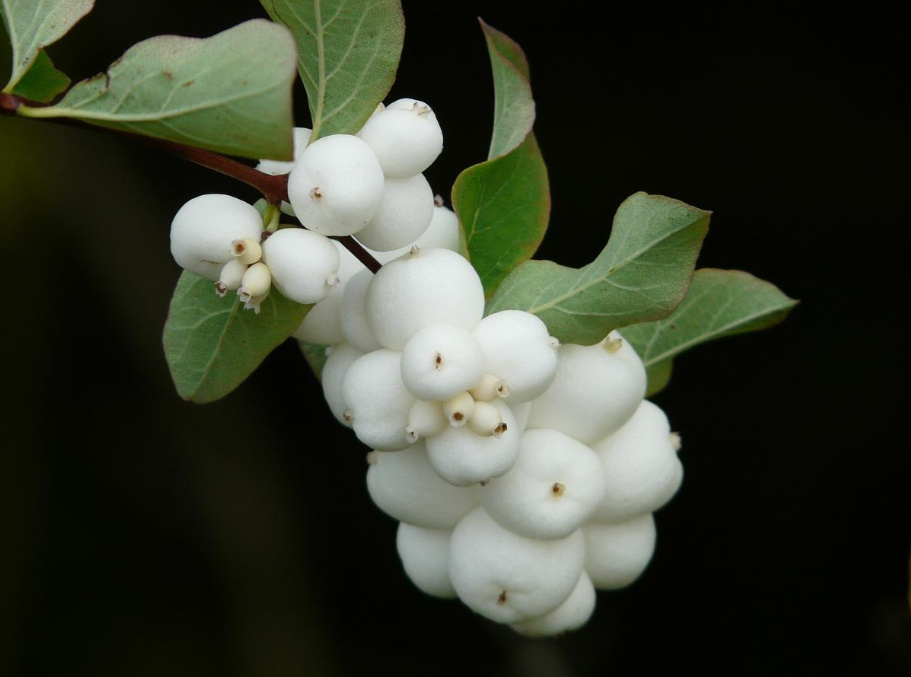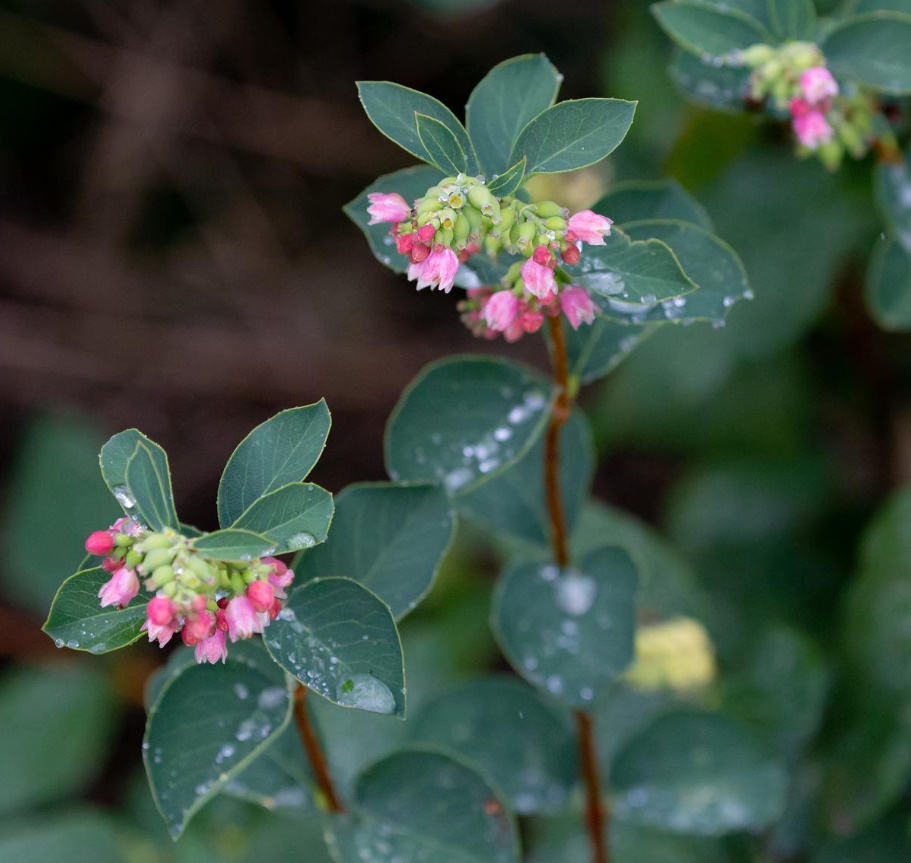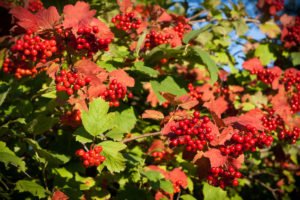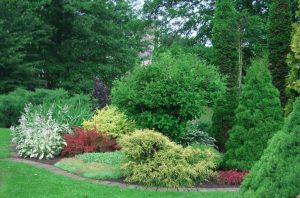
Symphoricarpos albus really amazes with plump white berries filled with loose pulp and resembling snowballs. However, he does not impress with anything else.
Of course, the shape of the bush is good – dense, dense, with branches drooping to the ground – an excellent shape for creating neat, even hedges up to 1.5 m high and wide that do not need cutting. If desired, of course, you can trim it, it won’t be worse.
The neutral and even color of the foliage – dark bluish-green, is a good background for bright flower beds and spectacular individuals. This color is provided by small oval leaves in pairs, the presence of flowers is completely imperceptible and does not violate the uniformity of color. However, they appear in abundance at the ends of the branches from mid-June to autumn, the consequences do not take long to wait, and here we are again returning to the fruits.

They can persist for some time during the winter and supply food to birds, which peck out seeds from them. Parents with young children can be calm about the health of their children – berries are safe, which has been tested by many yard kids running around unattended. Besides, they are completely tasteless. But they give you the opportunity to have fun: if you throw them on a hard surface and step on them, they clap loudly.
Types and varieties of Symphoricarpos
Symphoricarpos albus is the most famous and widespread, as it is often used for landscaping public places – streets and parks. To this he owes his drought resistance and unpretentiousness with regard to soil fertility. For individual landowners, more whimsical representatives of the genus, especially those with colored berries, may also be interesting.

We can recommend S. x chenaultii is a hybrid of S. orbiculatus and S. microphyllus, which is usually represented by the variety ‘Hancock’, others are not even mentioned. It has long and thin shoots with frequent and regular branching, which rise to a height of up to 50 cm, droop and easily take root. The pubescent leaves are smaller than those of the white, up to 3 cm long. The fruits are very small, up to 5 mm in diameter, cherry with a white side.
Some complain about its poor winter hardiness, and indeed, in our first winter after the acquisition, it almost disappeared, but the second — quite severe — winter it endured under the snow without the slightest damage. Looking at the sprawling branches with which he quickly captures the surrounding space, you puzzle over the question of his employment. What can such a plant do? Except that as a groundcover among the stem forms or under trees. He seems to be quite shade tolerant.
Judging by the description, S. x chenaultii closely resembles one of its parents, S. orbiculatus, which should be no less hardy than the usual Symphoricarpos albus. Differs from S. x chenaultii is a smaller (up to 5 mm long) and yellowish-white (not pink) flower. It’s hard to say how much they can be confused when selling, in any case, our S. x chenaultii has a white flower. The rounded one is followed by variegated varieties: the old ‘Variegatus’ (‘Foliis Variegatis’) with an uneven yellowish border and the more modern ‘Taff’s Silver Edge’ with a cream or white border.
Doorenbos hybrids are very common – a group of hybrid varieties bred in the forties by a Dutch gardener (G.A. Doorenbos), after whom they are named. The initial species were Symphoricarpos albus, S. orbiculatus and S. x chenaultii, i.e. the crossing was carried out within this close family group. Hybrids are famous primarily for colored berries, although there are also white ones.
These are compact neat plants up to 1.5 m tall, suitable for hedges and large flower beds. The first of the hybrids — ‘Mother of Pearl’ — has spreading branches, burdened with white, maybe only slightly pinkish fruits. ‘WhiteHedge’ – also with white berries, but erect and low. ‘Erect’ – tall and erect, with pinkish-lilac fruits.
‘Amethyst’ has a rounded bush and large dark purple-pink berries. In ‘Marleen’ (‘Ariso’), which was split among the seedlings from ‘Mother of Pearl’, the fruits are brighter and more abundant, this variety is even used by arrangers. The fruits of ‘Pink Magic’ are cranberry-colored. ‘Magic Berry’ brings numerous fruits of wine-red color.

According to personal observations, these hybrids are very susceptible to powdery mildew. And if you choose a variety, then you need to do it in the fall, when the disadvantage is clearly noticeable. As for winter hardiness, it seems to vary in different varieties depending on the origin, but it is too early to draw conclusions, since observations are not enough yet.
Almost all of the Symphoricarpos, 14 species, are native to North America, where some of them live further north, in Canada, while others live further south, in Mexico. But one got into China and is called accordingly S. sinensis. It is also a small shrub with very small leaves, nondescript flowers and clusters of berries on drooping thin branches. But these berries are blue-black, with a shine!
Reproduction of Symphoricarpos
Symphoricarpos reproduce elementary. S. x chenaultii itself gives layering, rooting branches, and others can be forced to do this by pressing the branch to the ground and sprinkling it with soil. In addition, they give root growth, which can be separated in the spring. Green cuttings take root perfectly, and to whom all this is not enough and he will also want to sow – there will be no fuss.
It is recommended to initially warm stratification at room temperature for several months, then the seeds are kept for several months at a reduced temperature. Or long-term cold stratification is applied (up to 12 months). Moreover, in any case, pre-treatment with concentrated sulfuric acid is useful for 30-40 minutes (I’m not kidding!). Some of the seeds will have to come up, unless, of course, they all turn out to be empty.




Leave a Reply